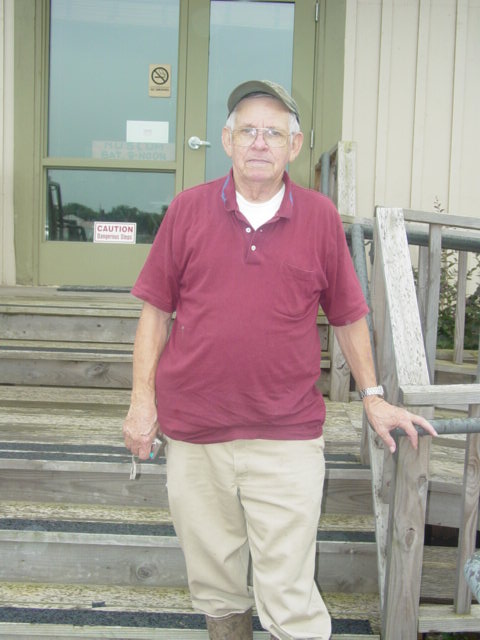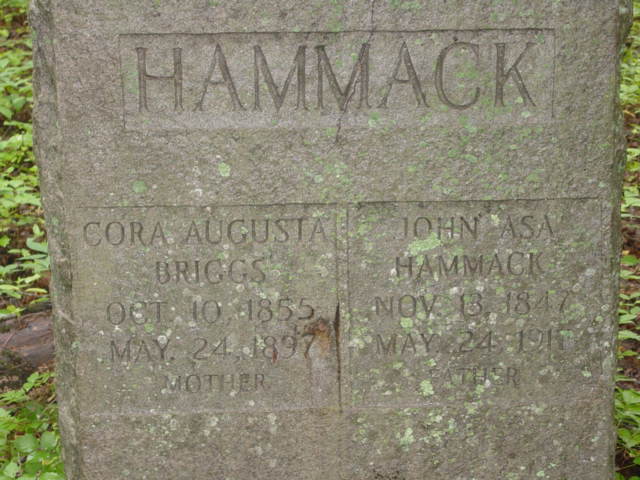SOLDIER'S GRAVE MARKED AFTER 142 YEARS
Shonda Milton, Owner & Editor*
Harvester Monthly Newspaper
January 7, 2005
On Sunday, January 2, 2005 members of the Flora
Historical Society participated in what Mr. Presley Posey called, “a
once in a life time event.” Members hiked up the wooded hillside
of Flora’s Mt. Olympus (a.k.a. Mt. Leopard) to a small abandoned
cemetery, now called the Hammack Family Cemetery. It is located
on property now owned by Mrs. Natalie Santangelo who granted permission
for the setting of a grave marker on the site. There, they were
joined by South Carolina native, Vanik S. Eaddy, Ph.D. and his family,
to mark the previously unknown gravesite of Eaddy’s great grandfather,
Robert James Eaddy, Sr.
Dr. Eaddy described to historical society members
the 14-year sequence of events, which finally led him to the discovery
that his great grandfather had been buried in the Andrews Family
Cemetery in the Vernon Community of Madison County, Mississippi and why
it had gone unmarked for 142 years.
According to Eaddy family history, Robert James
Eaddy, Sr., was a farmer, schoolteacher, and Commissioner of the
Williamsburg County Roads and Waterways in South Carolina. Too
old for the draft in the Civil War, he volunteered and served as a
Private in Company G of the 26th Infantry Regiment from South Carolina,
CSA. He became ill during the Siege of Vicksburg. His unit
surrendered on July 4, 1863 and they left Vicksburg on foot.
While marching through Madison County, they camped near Mt. Olympus
School in Vernon Community. The military records of Private Eaddy
indicate that he had become ill and was, “… left beyond Jackson”.
He was rescued by Rev. C. G. Andrews from that schoolhouse where over
100 sick soldiers had taken refuge when their unit moved on and left
them behind. He was then taken to the home of Mrs. Martha D.
(Lindsay) Andrews, the mother of Rev. Andrews where he was nursed until
he died on July 10, 1863. Rev. Andrews notified Mrs. Mary
Camellia (Owens) Eaddy by letter that her husband had died and was
buried in the Andrews family cemetery; however, no details of the exact
location were given. Following the Civil War, the area fell into
poverty, the original residents moved away to find a better life, and
the Andrews family home was destroyed. So for more than 142 years
the exact location of the cemetery has been in question.
“Dewey P. Eaddy, my father, was an avid amateur
genealogist and historian with a memory for narratives and details
which escaped me as being important in my youth,” said Dr. Eaddy.
“He related this story to me many times and caused me to pledge that if
I ever visited Mississippi that I would locate the burial place of my
great grandfather.”
As providence would have it, Dr. Eaddy not only
visited Mississippi, he moved to Starkville in 1989 to take at job at
Mississippi State University—this began the journey. After moving
to Mississippi, he began to inquire about the location of the Andrews
family cemetery. In 1991, he was introduced to Mr. Charles E.
Bowering of Flora, a local historian who had made records and assisted
in renovation of some of the old abandoned cemeteries in Madison County.
Charles
Elon Bowering
“Charles welcomed my wife and me into his home, shared his
records with us, and took us on a tour of the area to visit local
cemeteries,” said Dr. Eaddy. He was able to identify exactly who
Rev. C. G. Andrews was and to provide some insight into the life of
Vernon Community during the period. We learned that Reverend
Charles Green Andrews, D.D. was a famous evangelist and notable
Methodist church official of the period. He was instrumental in
the establishment of Millsaps College in Jackson, Mississippi and once
served on the College Board of Directors.
At first, it was believed that the correct cemetery
was the one known locally as the Kearney/Thomas Cemetery. That
cemetery was the burial place for many members of the Vernon Methodist
Church and some relatives of Rev. Andrews who was the pastor of that
church during 1863-64. Robert James Eaddy, Sr. was known to be an
active member of the Prospect Methodist Church in South Carolina.
These considerations strongly suggested this location was the correct
place. Plans were made to place a grave marker in the
Kearney/Thomas Cemetery in memory of our fallen soldier; but those
plans would never come to pass.
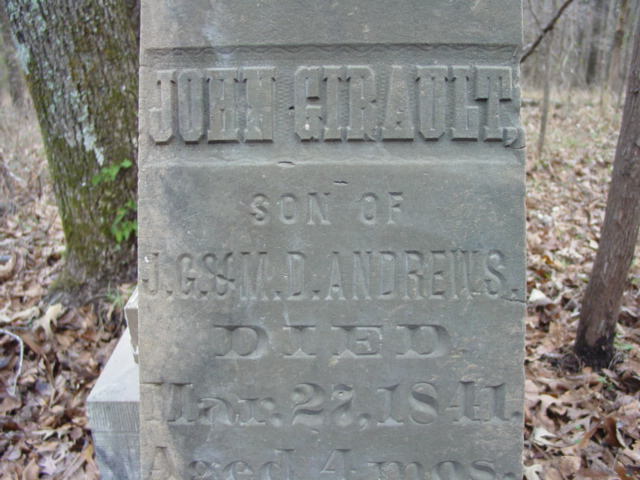
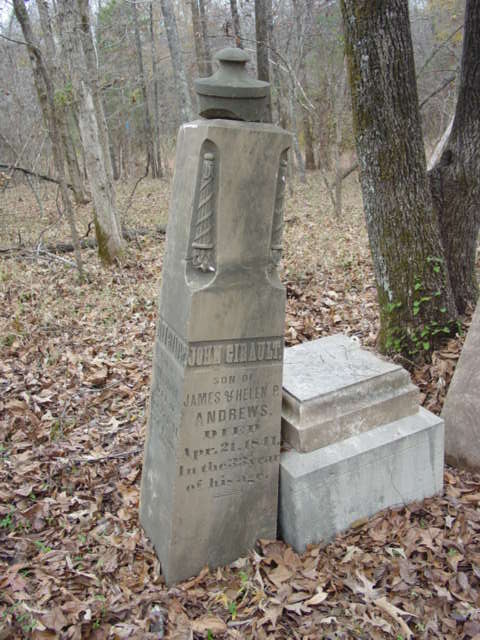

Grave
Markers for John Girault Andrews, Sr. and John Girault Andrews, Jr.
Following the publication by Mr. Presley Posey of
The Flora Book: A History of the Town of Flora and Southwest Madison
County, Mississippi, new historical information became available which
caused adjustment to original theory of the burial location.
Charles Bowering announced in 2004 that he had a new site for
exploration. This site is now called the Hammack Family Cemetery
in which a large spire marker indicates the burial places of Rev. John
Girault Andrews, Sr. who died in 1841 at the age of 33 years and John
Girault Andrews, Jr. who also died in 1841 at the age of four
months. This burial site was located on the Mt. Ida Plantation
which was once owned by Mrs. Martha D. (Lindsay) Andrews, widow of Rev.
John Girault Andrews, Sr., who were the parents of Rev. Charles Green
Andrews.
Presley Posey
Hammack Family Marker
We also learned that Mt. Olympus was the name of a
ridge lying generally east to west and was located on the Mt. Ida
Plantation. On this ridge was a school known as the Mt. Olympus
School and that in the schoolyard was a spring of water. All of
this was located on the most direct route from Vicksburg to Canton,
Mississippi. This would be a most likely place for a confederate
army to camp on the route to Canton, Mississippi where train
transportation could be arranged to return to South Carolina.
This road is today known as the Mt. Leopard Road. Local history
reveals that the western end of Mt. Olympus was excavated by the U. S.
Army about 1941 to make roadbed for the ammunition plant built in that
area. Before removal, this was the highest point in Madison
County. The remnant of Mr. Olympus is known today as Mt. Leopard.
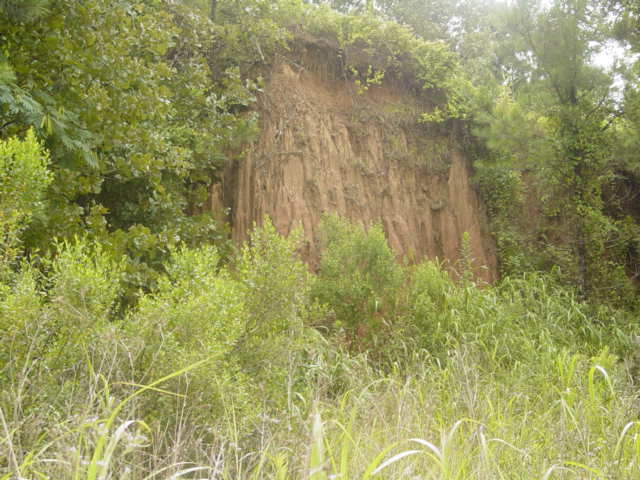
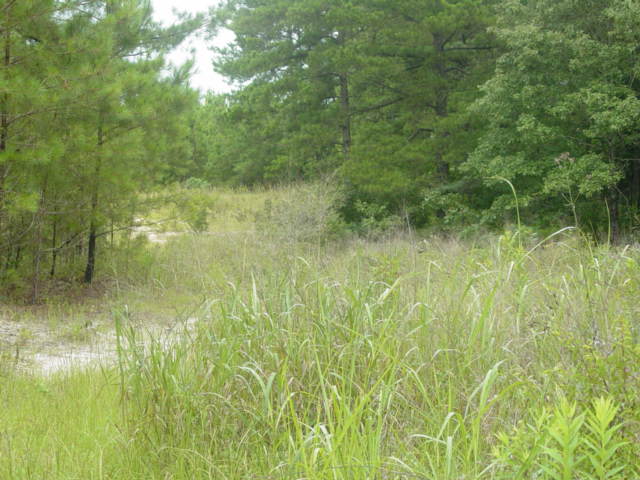 Mt. Olympus Bluff Cut and Quarry
Mt. Olympus Bluff Cut and Quarry
 HE DIED AT HIS POST
HE DIED AT HIS POST
Participating with Dr. Eaddy were his wife Bernadine
(LaBorde) Eaddy of Starkville, Mississippi; son Trevan Brian Eaddy, Sr.
who lives near Maben, Mississippi; and nephew Phillip Walter Eaddy, Sr.
of Indiantown, South Carolina. Dr. Eaddy is a seventh generation
descendant of James (Eddy) Eaddy, I. of South Carolina. James
Eaddy, I. was a pioneer farmer who served as a patriot soldier in the
Revolutionary War. He and his two sons fought with General
Francis Marion (The Swamp Fox) in Marion’s Brigade of the South
Carolina Militia.
Members of the Flora Historical Society
participating in placing the marker on the site were: Presley Posey;
Charles Bowering; Gene Watkins; Janis Watkins; George Allard, M.D.; Ed
Blake; and Mary Brooks. Shonda Milton, Owner and Editor of The
Harvester Monthly represented the newspaper.
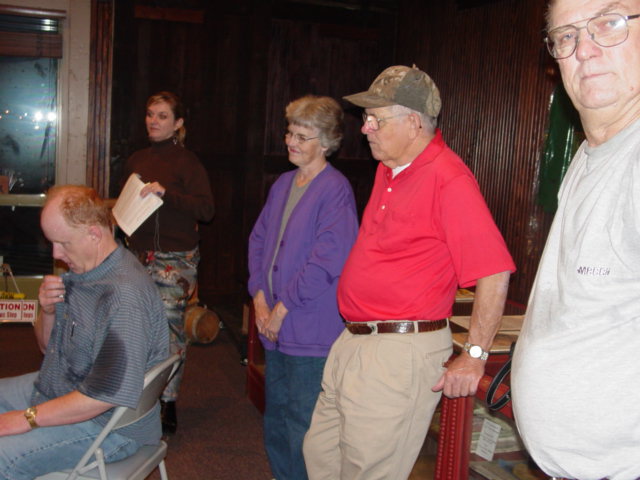
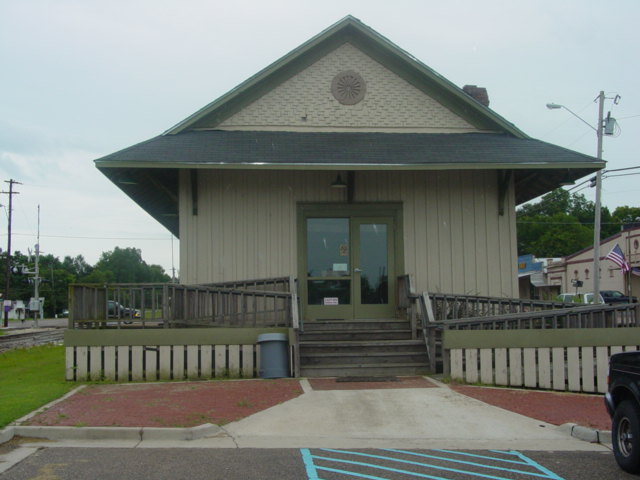 Members of the Flora Historical
Society and Flora Depot Museum
Members of the Flora Historical
Society and Flora Depot Museum
Dr. Eaddy added in closing, “When a promise is
made, it should always be kept, if possible. One’s word should be as
good as a legal agreement. When an honest promise is made to
someone, God will make a way for its fulfillment as done in this
circumstance.”
* The narrative text for this article was
written by Shonda Milton. Editing for content and pictures for
this version of the article were done by Vanik S. Eaddy, Ph.D.


